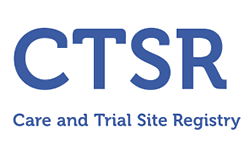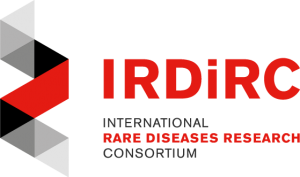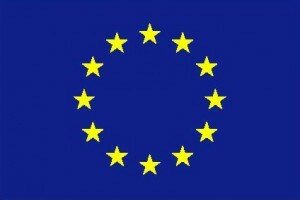Authors
Stéphanie Bauché, Seana O’Regan, Yoshiteru Azuma, Fanny Laffargue, Grace McMacken, Damien Sternberg, Guy Brochier, Céline Buon, Nassima Bouzidi, Ana Topf, Emmanuelle Lacène, Ganaelle Remerand, Anne-Marie Beaufrere, Céline Pebrel-Richard, Julien Thevenon, Salima El Chehadeh-Djebbar, Laurence Faivre, Yannis Duffourd, Federica Ricci1, Tiziana Mongini, Chiara Fiorillo, Guja Astrea, Carmen Magdalena Burloiu, Niculina Butoianu, Carmen Sandu, Laurent Servais, Gisèle Bonne, Isabelle Nelson, Isabelle Desguerre, Marie-Christine Nougues, Benoit Bœuf, Norma Romero, Jocelyn Laporte, Anne Boland, Doris Lechner, Jean-François Deleuze, Bertrand Fontaine, Laure Strochlic, Hanns Lochmuller, Bruno Eymard, Michèle Mayer, Sophie Nicole
Journal
American Journal of Human Genetics, volume 99, pages 1-9
Publication date
September 2016
Abstract
The neuromuscular junction (NMJ) is one of the best-studied cholinergic synapses. Inherited defects of peripheral neurotransmission result in congenital myasthenic syndromes (CMSs), a clinically and genetically heterogeneous group of rare diseases with fluctuating fatigable muscle weakness as the clinical hallmark. Whole-exome sequencing and Sanger sequencing in six unrelated families identified compound heterozygous and homozygous mutations in SLC5A7 encoding the presynaptic sodium-dependent high-affinity choline transporter 1 (CHT), which is known to be mutated in one dominant form of distal motor neuronopathy (DHMN7A). We identified 11 recessive mutations in SLC5A7 that were associated with a spectrum of severe muscle weakness ranging from a lethal antenatal form of arthrogryposis and severe hypotonia to a neonatal form of CMS with episodic apnea and a favorable prognosis when well managed at the clinical level. As expected given the critical role of CHT for multisystemic cholinergic neurotransmission, autonomic dysfunctions were reported in the antenatal form and cognitive impairment was noticed in half of the persons with the neonatal form. The missense mutations induced a near complete loss of function of CHT activity in cell models. At the human NMJ, a delay in synaptic maturation and an altered maintenance were observed in the antenatal and neonatal forms, respectively. Increased synaptic expression of butyrylcholinesterase was also observed, exposing the dysfunction of cholinergic metabolism when CHT is deficient in vivo. This work broadens the clinical spectrum of human diseases resulting from reduced CHT activity and highlights the complexity of cholinergic metabolism at the synapse.
DOI link
10.1016/j.ajhg.2016.06.033



